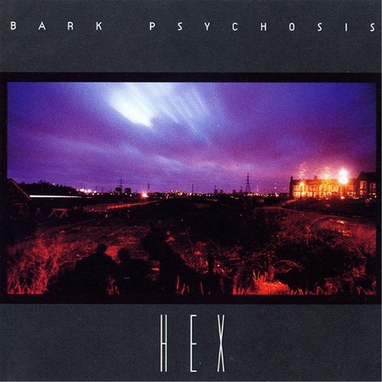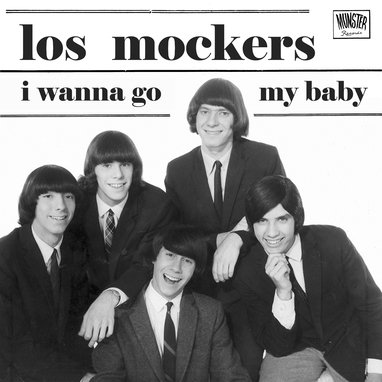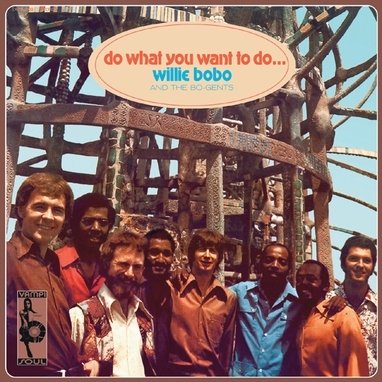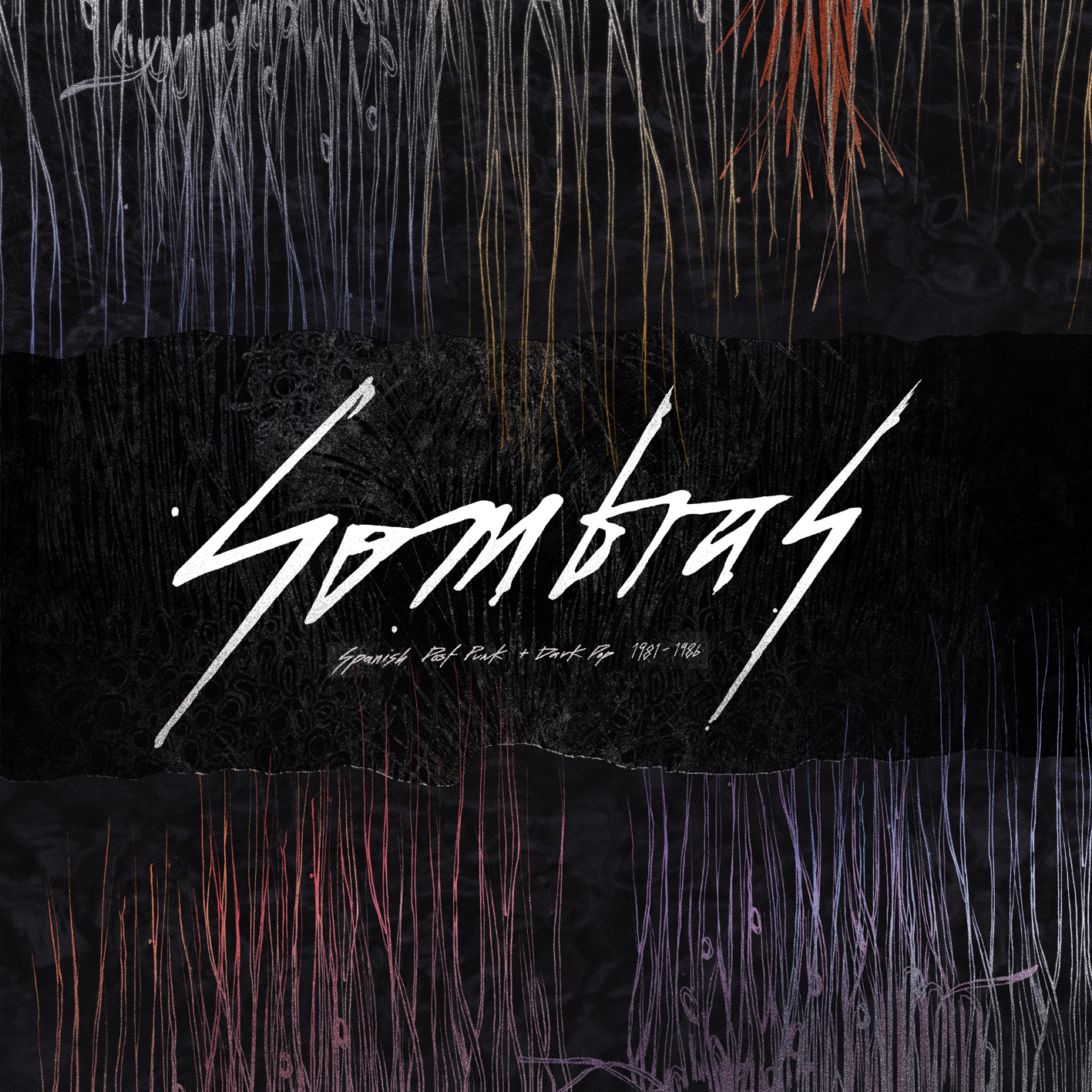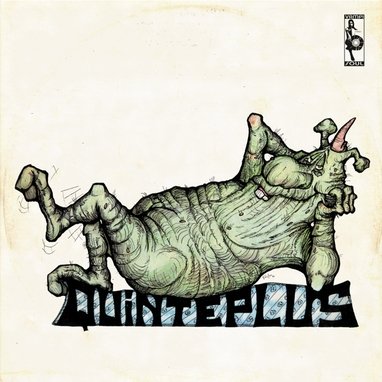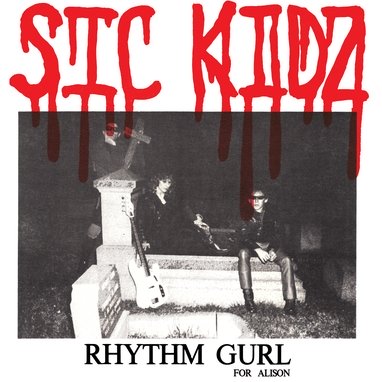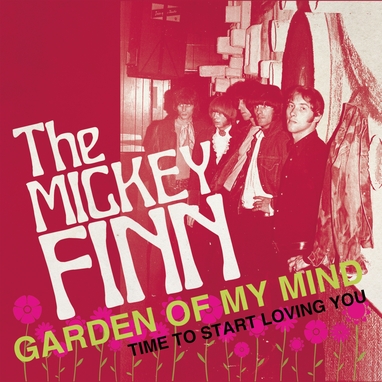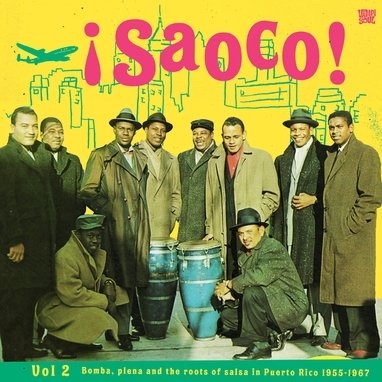Bark Psychosis
Hex
18,00€
Vinilísssimo
Bark Psychosis
Hex
Originally released in 1994, Hex is a beautiful and subtle work of sound atmosphere and song dynamics in the vein of latter day Talk Talk. A true lost classic of the last 20 years reissued for the first time.
Formed in 1986 by East London school friends Graham Sutton and John Ling, Bark Psychosis started as a teenage band into 1980s hardcore noise practitioners such as Sonic Youth, Napalm Death, Big Black and Swans. However, after the permanent addition to the line-up of Mark Simnett and Daniel Gish, the band released a succession of EPs and singles between 1988 and 1992 over which they found their own sound veering towards a more restrained and experimental style, similar to the path taken by latter day Talk Talk and AR Kane, which included elements of free jazz, ambient, sampling and programming… It was a fascinating evolution that peaked during the arduous recording of their first LP, which took most of 1993. Released the following year, Hex features eight tracks with perfect dynamics individually and as a whole. The music manages to sound loose and tight at the same time, and although the instrumentation is varied (vibraphone, trumpet, flute and djembe players plus a string quartet joined the band), the approach is succinct and every element reaches a powerful effect. The mood is tense, solemn and emotionally charged but the album feels comforting and engaging. The concise vocals, while not following any kind of verse and chorus formula, fit hauntingly within these brilliantly structured tracks and the captivating development of the LP culminates in the outstanding ambient ten minutes of ‘Pendulum Man’. Hex prompted journalist Simon Reynold to mention the term post-rock in its review of the album, thus creating a label that would be used in the following years to describe the music of other contemporary bands such as Tortoise, Disco Inferno, Labradford, Laika… However, Bar Psychosis didn’t get to enjoy the relative media attention this new scene received. Gish had left the band during the recording of the album and Ling parted after it was finished. Released in the early Spring of 1994, it was followed just a few months later by the ‘Blue EP, recorded as a duo and with a more dance-oriented sound. Simnet also left soon after, while Sutton started to focus on his drum and bass project under the name Boymerang. After 10 years on hold, Bark Psychosis surprisingly came back in 2004 with the release of Codename: Dustsucker, an album mainly recorded by Sutton with the help of a number of collaborators. It’s the last news of Bark Psychosis as a band. Almost 20 years after its conception, Hex remains one of the lost great records of the 90s. The experience of listening to it is as extremely rewarding as ever.
Productos relacionados
18,00€
Originally released in 1994, Hex is a beautiful and subtle work of sound atmosphere and song dynamics in the vein of latter day Talk Talk. A true lost classic of the last 20 years reissued for the first time.
Formed in 1986 by East London school friends Graham Sutton and John Ling, Bark Psychosis started as a teenage band into 1980s hardcore noise practitioners such as Sonic Youth, Napalm Death, Big Black and Swans. However, after the permanent addition to the line-up of Mark Simnett and Daniel Gish, the band released a succession of EPs and singles between 1988 and 1992 over which they found their own sound veering towards a more restrained and experimental style, similar to the path taken by latter day Talk Talk and AR Kane, which included elements of free jazz, ambient, sampling and programming… It was a fascinating evolution that peaked during the arduous recording of their first LP, which took most of 1993. Released the following year, Hex features eight tracks with perfect dynamics individually and as a whole. The music manages to sound loose and tight at the same time, and although the instrumentation is varied (vibraphone, trumpet, flute and djembe players plus a string quartet joined the band), the approach is succinct and every element reaches a powerful effect. The mood is tense, solemn and emotionally charged but the album feels comforting and engaging. The concise vocals, while not following any kind of verse and chorus formula, fit hauntingly within these brilliantly structured tracks and the captivating development of the LP culminates in the outstanding ambient ten minutes of ‘Pendulum Man’. Hex prompted journalist Simon Reynold to mention the term post-rock in its review of the album, thus creating a label that would be used in the following years to describe the music of other contemporary bands such as Tortoise, Disco Inferno, Labradford, Laika… However, Bar Psychosis didn’t get to enjoy the relative media attention this new scene received. Gish had left the band during the recording of the album and Ling parted after it was finished. Released in the early Spring of 1994, it was followed just a few months later by the ‘Blue EP, recorded as a duo and with a more dance-oriented sound. Simnet also left soon after, while Sutton started to focus on his drum and bass project under the name Boymerang. After 10 years on hold, Bark Psychosis surprisingly came back in 2004 with the release of Codename: Dustsucker, an album mainly recorded by Sutton with the help of a number of collaborators. It’s the last news of Bark Psychosis as a band. Almost 20 years after its conception, Hex remains one of the lost great records of the 90s. The experience of listening to it is as extremely rewarding as ever.
Productos relacionados
Hex
Originally released in 1994, Hex is a beautiful and subtle work of sound atmosphere and song dynamics in the vein of latter day Talk Talk. A true lost classic of the last 20 years reissued for the first time.
Formed in 1986 by East London school friends Graham Sutton and John Ling, Bark Psychosis started as a teenage band into 1980s hardcore noise practitioners such as Sonic Youth, Napalm Death, Big Black and Swans. However, after the permanent addition to the line-up of Mark Simnett and Daniel Gish, the band released a succession of EPs and singles between 1988 and 1992 over which they found their own sound veering towards a more restrained and experimental style, similar to the path taken by latter day Talk Talk and AR Kane, which included elements of free jazz, ambient, sampling and programming… It was a fascinating evolution that peaked during the arduous recording of their first LP, which took most of 1993. Released the following year, Hex features eight tracks with perfect dynamics individually and as a whole. The music manages to sound loose and tight at the same time, and although the instrumentation is varied (vibraphone, trumpet, flute and djembe players plus a string quartet joined the band), the approach is succinct and every element reaches a powerful effect. The mood is tense, solemn and emotionally charged but the album feels comforting and engaging. The concise vocals, while not following any kind of verse and chorus formula, fit hauntingly within these brilliantly structured tracks and the captivating development of the LP culminates in the outstanding ambient ten minutes of ‘Pendulum Man’. Hex prompted journalist Simon Reynold to mention the term post-rock in its review of the album, thus creating a label that would be used in the following years to describe the music of other contemporary bands such as Tortoise, Disco Inferno, Labradford, Laika… However, Bar Psychosis didn’t get to enjoy the relative media attention this new scene received. Gish had left the band during the recording of the album and Ling parted after it was finished. Released in the early Spring of 1994, it was followed just a few months later by the ‘Blue EP, recorded as a duo and with a more dance-oriented sound. Simnet also left soon after, while Sutton started to focus on his drum and bass project under the name Boymerang. After 10 years on hold, Bark Psychosis surprisingly came back in 2004 with the release of Codename: Dustsucker, an album mainly recorded by Sutton with the help of a number of collaborators. It’s the last news of Bark Psychosis as a band. Almost 20 years after its conception, Hex remains one of the lost great records of the 90s. The experience of listening to it is as extremely rewarding as ever.
Originally released in 1994, Hex is a beautiful and subtle work of sound atmosphere and song dynamics in the vein of latter day Talk Talk. A true lost classic of the last 20 years reissued for the first time.
Formed in 1986 by East London school friends Graham Sutton and John Ling, Bark Psychosis started as a teenage band into 1980s hardcore noise practitioners such as Sonic Youth, Napalm Death, Big Black and Swans. However, after the permanent addition to the line-up of Mark Simnett and Daniel Gish, the band released a succession of EPs and singles between 1988 and 1992 over which they found their own sound veering towards a more restrained and experimental style, similar to the path taken by latter day Talk Talk and AR Kane, which included elements of free jazz, ambient, sampling and programming… It was a fascinating evolution that peaked during the arduous recording of their first LP, which took most of 1993. Released the following year, Hex features eight tracks with perfect dynamics individually and as a whole. The music manages to sound loose and tight at the same time, and although the instrumentation is varied (vibraphone, trumpet, flute and djembe players plus a string quartet joined the band), the approach is succinct and every element reaches a powerful effect. The mood is tense, solemn and emotionally charged but the album feels comforting and engaging. The concise vocals, while not following any kind of verse and chorus formula, fit hauntingly within these brilliantly structured tracks and the captivating development of the LP culminates in the outstanding ambient ten minutes of ‘Pendulum Man’. Hex prompted journalist Simon Reynold to mention the term post-rock in its review of the album, thus creating a label that would be used in the following years to describe the music of other contemporary bands such as Tortoise, Disco Inferno, Labradford, Laika… However, Bar Psychosis didn’t get to enjoy the relative media attention this new scene received. Gish had left the band during the recording of the album and Ling parted after it was finished. Released in the early Spring of 1994, it was followed just a few months later by the ‘Blue EP, recorded as a duo and with a more dance-oriented sound. Simnet also left soon after, while Sutton started to focus on his drum and bass project under the name Boymerang. After 10 years on hold, Bark Psychosis surprisingly came back in 2004 with the release of Codename: Dustsucker, an album mainly recorded by Sutton with the help of a number of collaborators. It’s the last news of Bark Psychosis as a band. Almost 20 years after its conception, Hex remains one of the lost great records of the 90s. The experience of listening to it is as extremely rewarding as ever.

